Mazda6 review and buyer’s guide
The Mazda6 is a smart, affordable family sedan and wagon with lots of modern features, elegant styling and practicalities that rival any medium or small SUV. Unfortunately it hasn’t sold as well as it should thanks to the popularity of SUVs among most families. Get one before stock runs out…
The Mazda6 is an excellent value, well-equipped and luxurious medium sedan which also offers a wagon body for SUV-rivalling luggage space and versatility.
Many people buying a medium SUV might be surprised at just how much space is available in the boot and in the cabin of a Mazda6. To then drive one and realise how many features it has - for the price - it represents a saving of thousands with very little in the way of compromise.
The sedan is also quite nice to look at and both it and the wagon are excellent examples of getting the formula right from the beginning. But if you still want one, time is running out and stock is running low, because Mazda stopped taking orders on new Mazda6 at the start of 2025.
If you’re shopping for a Toyota Camry or Hyundai Sonata, perhaps a Toyota RAV4, Hyundai Tucson, Kia Sportage or Mazda CX-5, it’s worth taking a look at the Mazda 6 if you also want a vehicle that’s a nice to drive as it is good value for money.
Mazda sold just over 1300 units in 2024, which was about one Mazda6 to nine Toyota Camrys (over 15,000 units sold in 2024). It’s no wonder the model has been discontinued in Australia as of 2025. Sales are down to just 20 or so each month as of August 2025, in a segment where the BYD Seal is now selling over 600 per month and finished 2024 on 6000 sales.
While the Camry makes a large portion of its sales in the fleet sector, it’s hardly a fair fight because those are easy sales for a vehicle that lacks any of the style, polish, refinement or comfort of the Mazda6.
Mazda6 was updated many times in the last eight years, including minor external tweaks. But it has been relegated to the sidelines in the current market which is infatuated with SUVs.
The fact is in 2024, the last full year of Mazda6 selling new and taking orders, the 5-star rating it earned back in 2018 was no longer current. Plus, with four new enormous SUVs entering the Mazda range in 2023 and 2024 (the CX-60 to -90), the Mazda 6 simply isn’t relevant for the company anymore.
But while stock lasts, the Mazda6 has a longevity and practicality in its elegance, simplistic layout and functional design. There are two body styles - the sedan or wagon - with 5 models grades for each and one fantastically sporty engine, the 2.5 turbo from CX-5, only with a much lower centre of gravity, making it a stealthy weapon on twisty roads.
The Mazda 6 is probably not coming back…
The Mazda6 might have the thinnest chance of gettting replaced by an all-electric version called the Mazda EZ-6, as it was unveiled at the China motor show in Shanghai in 2024. But it’s highly unlikely.
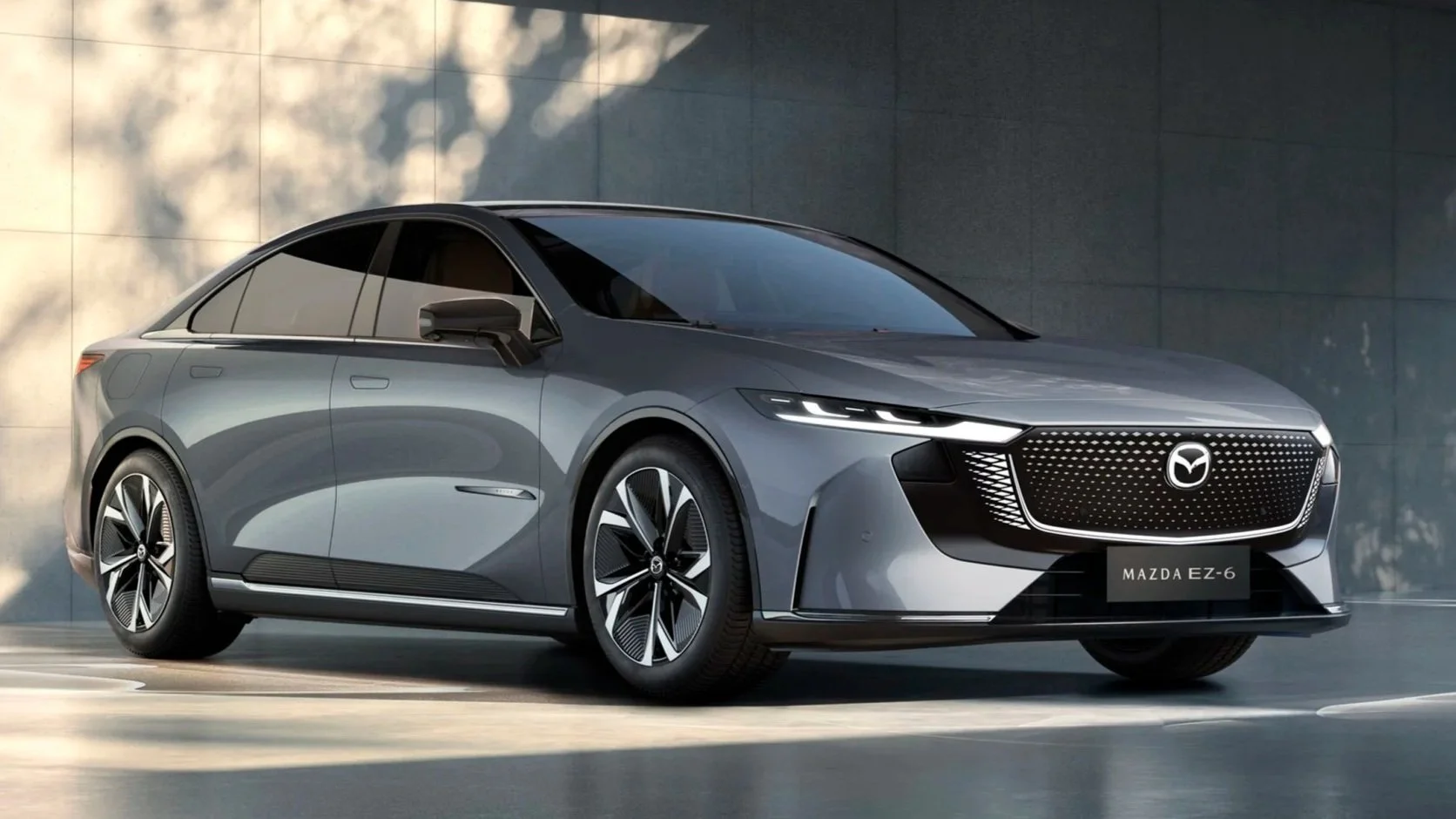
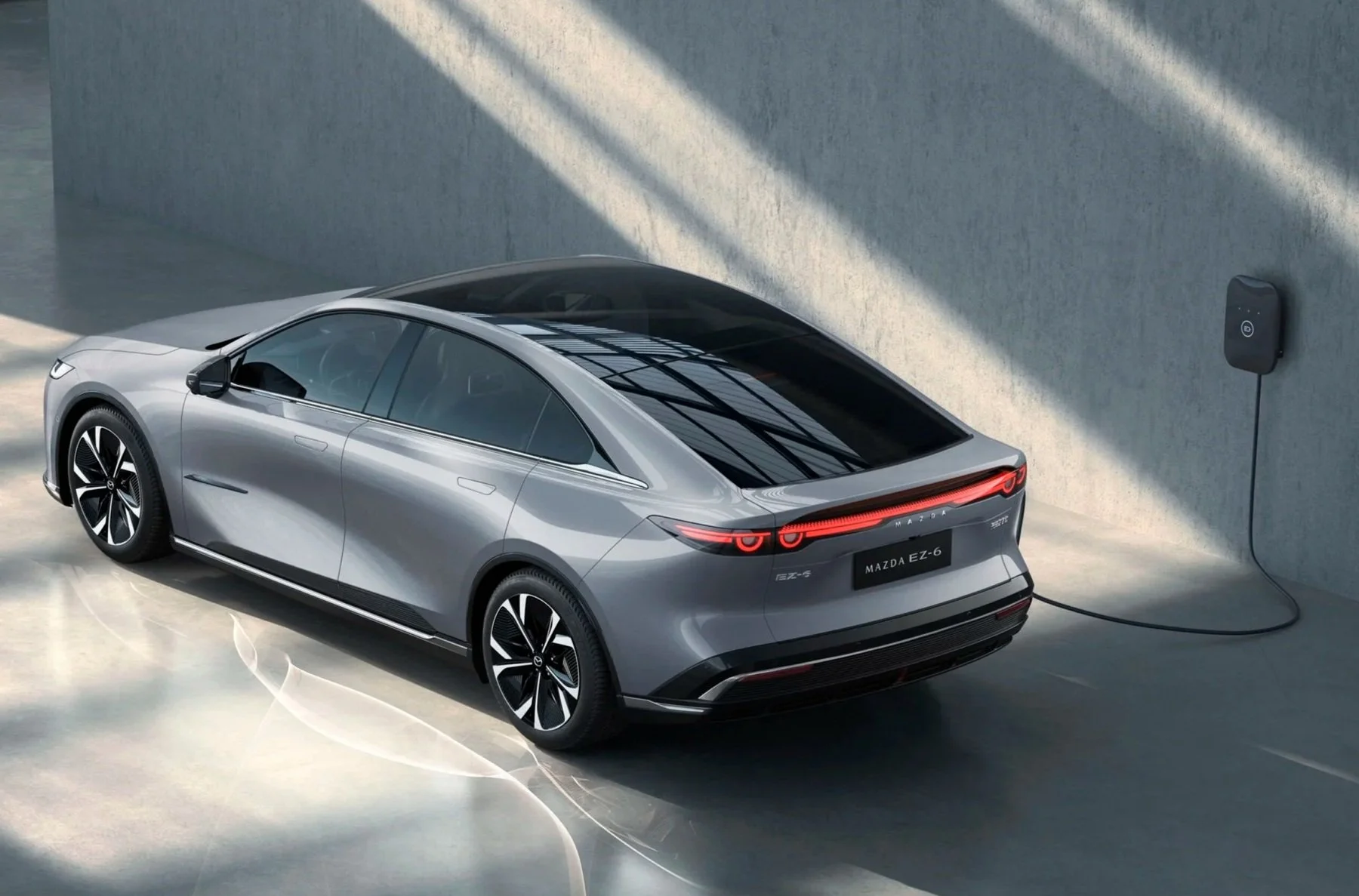
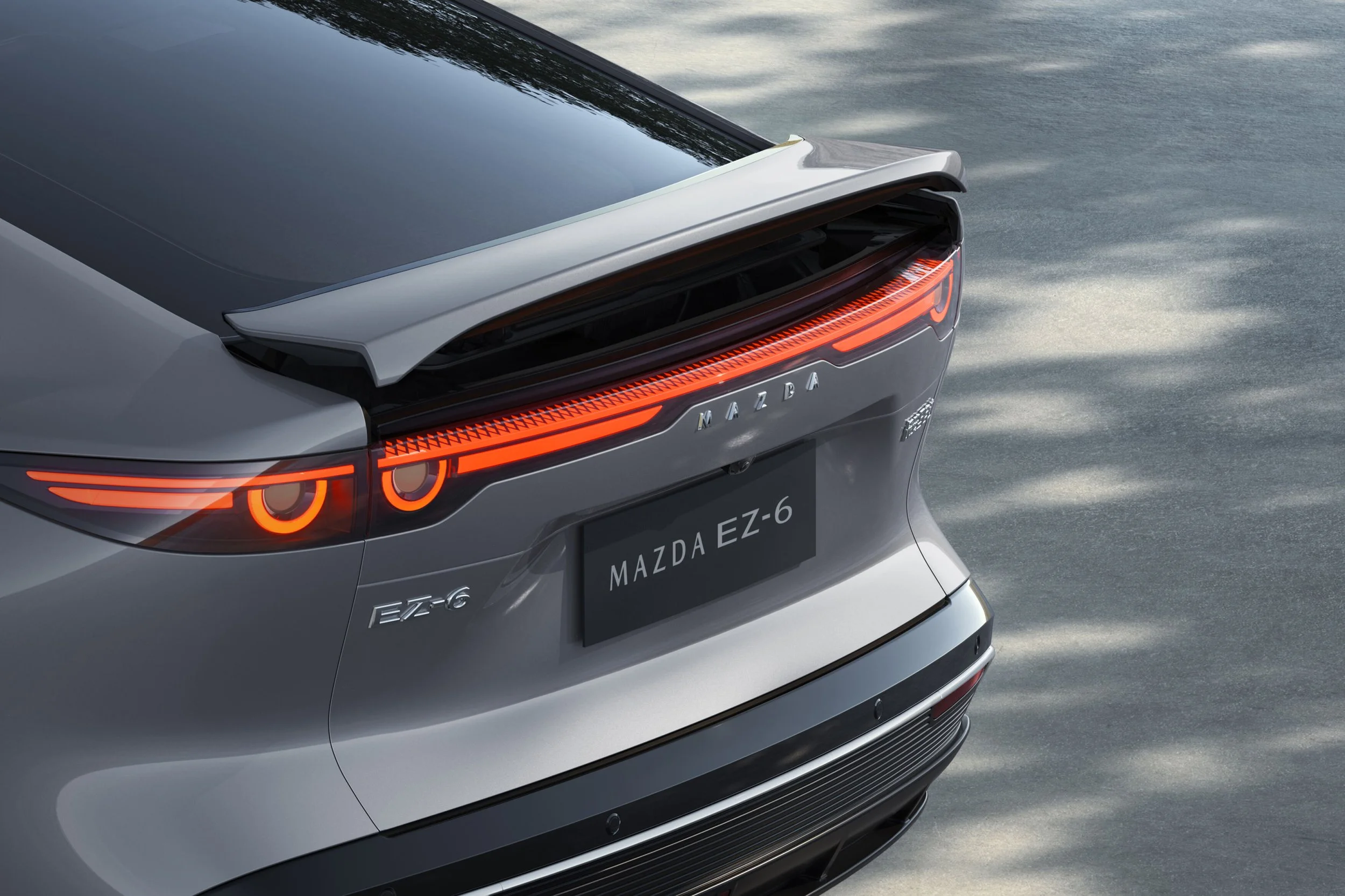
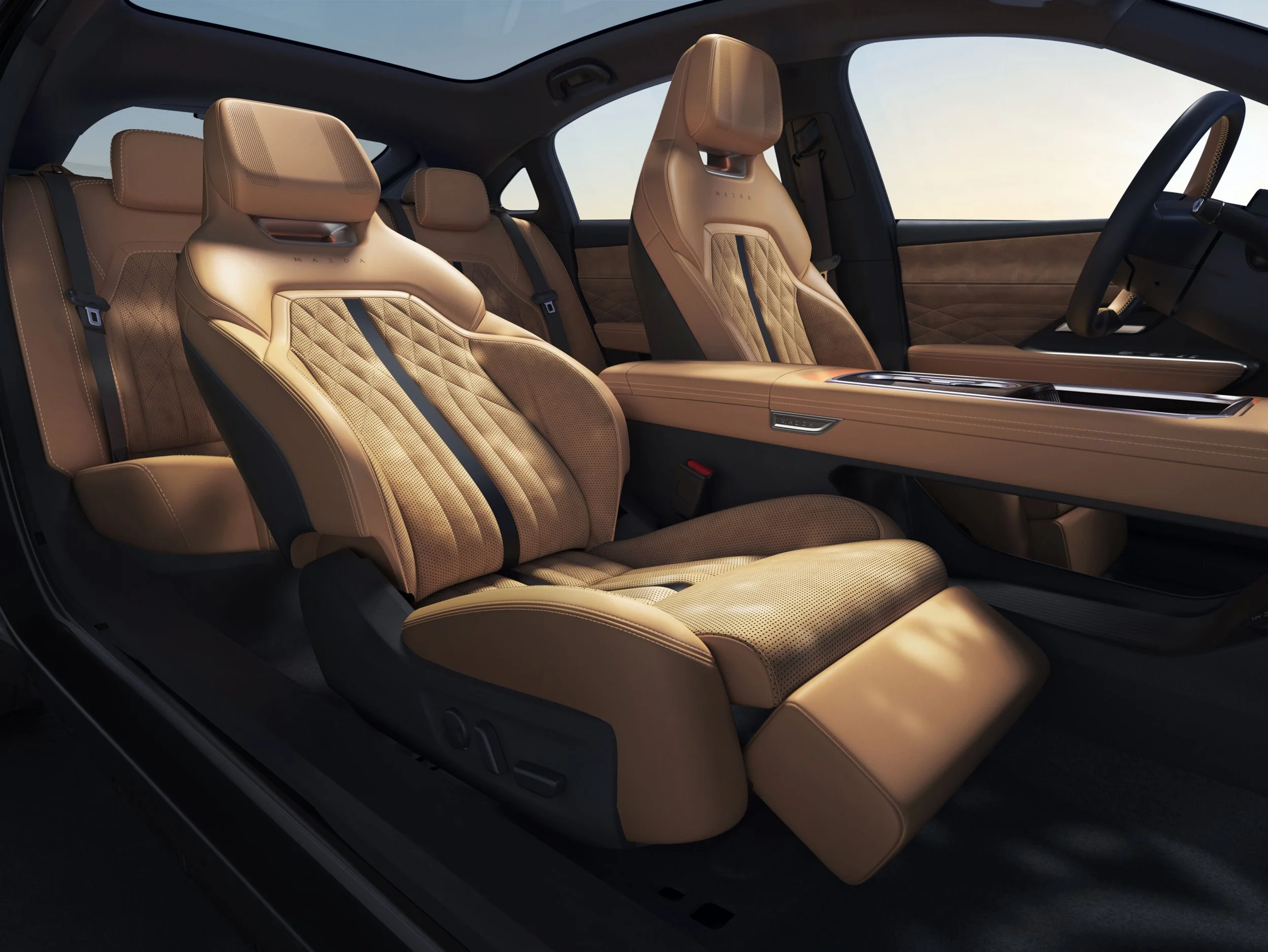
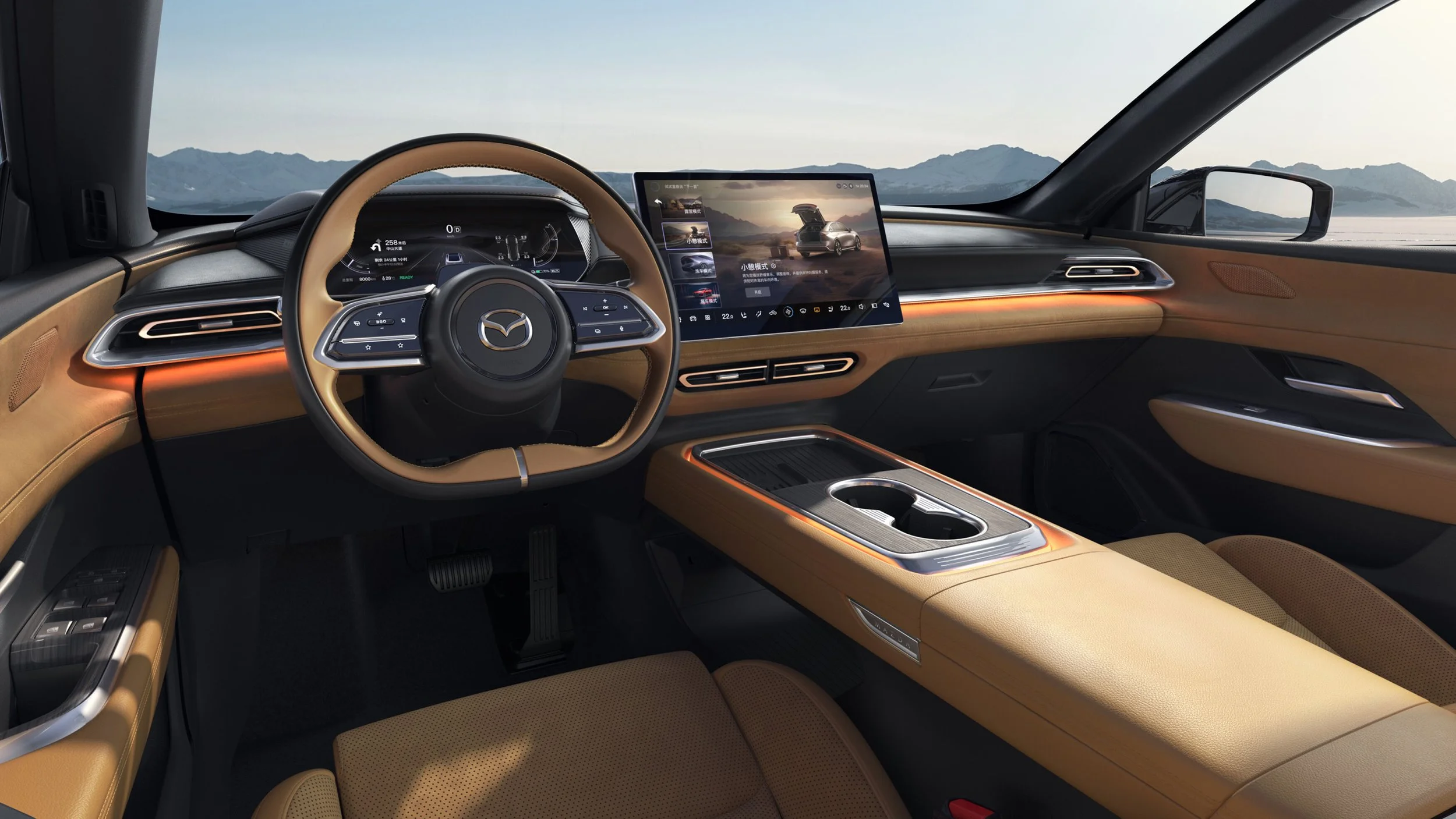
Mazda confirmed in 2024 te EZ-6 is built for China only (at this stage) and will retain its 5-seat sedan layout, but it says nothing about whether the wagon body style will survive. Probably not, it has to be sfely bet.
What makes a comeback is a rear-wheel drive layout. In a 4.9-metre long body, it certainly will be a size increase of about 100mm in length, about 50mm in width and 35mm in height.
Obviously, turning a fradctionally bigger Mazda6 into an EV means it will also now be substantially heavier. This will include unsprung weight, most likely, thanks to wheels that’ll be 19-inch alloy jobs with 245/45R/19 tyres. That’s about 20mm wider than the outgoing combustion vehicle.
Mazda says it’s going to be the first of two vehicles co-developed with a Chinese carmaker called Chongqing Changan Automobile Co., Ltd. (Changan Automobile), and was launched in China at the end of 2024.
Both a dedicated full-EV and a plug-in hybrid have been developed, but the idea of either making it to Australia have been hosed down by Mazda Australia, citing the dead market sedans are here, no favouring SUVs and utes.
Features & Pricing
Putting to one side the wagon versus sedan discussion for a moment, let’s look at the highlight features you get in each respective variant of Mazda6, starting with the base model called:
SPORT (G25): $40,700 when new driveaway (approx.)
Adaptive cruise control, head-up display, paddleshift
8-inch hands-free infotainment screen, satnav, Android Auto/Apple CarPlay (cabled), DAB+
Dual-zone climate control, auto wipers, LED headlights & taillights, auto high beam
17-inch wheels, space-saver spare wheel
manually adjusting cloth seats, electric heated & auto-folding door mirrors, 3 x USB charging (2 front/1 rear)
push-button start, rear parking sensors, tyre pressure monitoring
lane-keeping, auto emergency braking, blindspot & rear cross-traffic detection, driver attention warning
The sedan has an impressive array of equipment that makes it entirely relevant to the modern world of busy commuter traffic, stop-start city driving, suburban school drop-offs and even a bit of regional touring.
Roof rails offers versatility in the form of roof racks and luggage pods, there’s good legroom and headspace, the boot is generous, and the cabin is refined, quiet and functional without being an agricultural plastic factory.
And without engaging in motoring journalist gushing, the Mazda6 is a fairly pretty vehicle to look at, from all angles. It certainly looks as well placed in a corporate carpark as it does the school yard taxi rank. End of platitudes.
TOURING (G25): $45,500 when new driveaway (approx.)
LED daytime running lights
Premium BOSE sound system
Leather seats
Proximity key
Front parking sensors
Front seat electrical adjustment
GT SP (G35): $54,100 when new driveaway (approx.)
2.5-litre turbo petrol 4-cylinder
Heated seats (front & rear)
ATENZA (G35): $57,700 when new driveaway (approx.)
Nappa leather
Ventilated (cooled) seats
7-inch digital driver screen
360-degree camera
Heated steering wheel
Sunroof
Frameless rearview mirror
The Atenza makes a good case for skipping on the equivalent CX-5 Akera which was only $1000 more, but really only gets on-demand all-wheel drive as the primary differentiator. More on this in a moment.
Then there’s the 20th anniversary edition which gets two special paint colours (‘Artisan Red metallic’ or ‘Rhodium White’) and 19-inch alloys, plus leather headrests with the 20th anniversary Mazda 6 wreath embossed into them. The leather is also tan coloured with suede inserts. And the requisite badging on the outside.
The 20th Anniv. special was $2000 above the standard price of the Atenza, making it effectively less than $60 grand for a BMW 3-Series or Mercedes C-Class - only without the nightmare of visiting a Mercedes dealership for your annual service.
There are a couple of reasons a Mazda6 outclasses the CX-5, particularly in the context of the 20th anniversary model. The cooled rear seats are the main victory for value-hungry consumers who need their new car for a medium-size family to do everything pretty well.
There’s no such thing as the perfect car, so let’s see what Mazda gets right, and then look at the drawbacks.
Interior
Mazda6 offes considerable legroom, especially when you consider it’s lithe profile and sleek body; the antithesis of an SUV.
If you’re fully able-bodied and getting up and down isn’t a struggle, getting into and out of a Mazda6 is going to be easy. The wheelbase is the main metric we use to look at cabin space, particularly occupant legroom, and this humble sedan/wagon has plenty.
The Mazda6 wagon and sedan have a wheelbase of 2.75 metres, which is actually 50mm longer than the CX-5, which nobody (aside from NBA players) can rationally argue lacks legroom.
Given that modern cars (especially ones from mature car companies like Mazda) are designed to accommodate the 90th percentile human body shape, you will absolutely be able to find the correct, comfortable driving position in a Mazda6, just as in a CX-5.
The electric steering rack is perfectly balanced between being weighty enough to appreciate tipping it into a mountain road’s sweeping bends, and using the tiniest of inputs to change lanes and perform low-speed parking manoeuvres. Light when it needs to be, full of feedback when you want it.
Everything you need to use and operate is conveniently located either at your fingertips, or within easy reach. It’s rare you get any washout reflections on either the main infotainment screen or the driver’s display which gets a binnacle unlike plenty of more modern SUVs with big screens afixed crudely to the dashboard.
There are very few materials likely to refract beams of sun straight into your eyes typical of many SUVs which get an endless patchwork of chrome and piano black plastic.
The centre transmission tunnel feels practical in terms of the slide-back cupholder roll-top which feels robust and like it will actually last. The centre console is spacious enough without being capable of swallowing your whole arm. And the location of everything is damn-near perfect as well - the cupholders aft of the screen control dial, the transmission selector unimpinged by either your phone in the cubby forward or anything behind it.
The seats are very comfortable, even after an hour or more of driving, the visibility is quite good despite what some people would wrongly think as being ‘too low to the ground’, and it’s actually quite clever of Mazda to stick the door mirror on the actual door (rather than in the corner of the window) meaning you can glance below the A-pillar at the road as you navigate tight mountain roads.
It’s also nice to see Mazda put only the most pertinent functions in buttons on the steering wheel, and everything is located on the correct side. Audio/visual/entertainment on the left (where those things are also located on the dashboard), and all critical vehicle driving functions like cruise control and radar distance adjustment etc.
If you want to understand why Mazda’s infotainment screen, operated using the rotary dial and button binnacle setup, works really well, listen up. It’s about what your brain can process - and cannot process - while the vehicle is in motion, or at least while it’s ‘in drive’.
Hand-eye coordination is a remarkably complex thing and without getting to deep into it, basically, Mazda’s, system ultimately reduces the amount of cognitive demand. See, the more demand placed upon your brain, the harder it has to work to process information. Not only does this accelerate fatigue, it also increases distraction - because your brain is trying to remain attentive of all the different potential threats, matters of importance and aspects of survival. We’re mere mammals after all.
What Mazda’s rotary dial does is limit how much your brain has to process locating and selecting an icon on the screen, in order to perform a task. Say you need to quickly pull up a map, or perhaps adjust something in the sound system - like turn down the hideous bass which the last driver cranked up.
Using the dial means your brain does not have the spatial distraction of trying to put your finger on a certain icon on the screen. You can take your time in scrolling the cursor to the correct icon by rotating the dial left or right, and when you’ve found what you need, simply pushing the button selects that icon.
Once you train your brain, rather quickly it must be said, this process becomes dead easy. And while some might argue it’s an old design which Mazda incorrectly stuck to years ago, think of it this way. Even in the most modern fighter jet, the F-35, or the most modern airliner like the Boeing 787 Dreamliner, there are no touchscreens requiring pilots to smoosh their fingers into.
It’s also nice of Mazda to leave the i-Stop deactivation button on the dashboard just above your right knee with a tiny green LED illuminating when it’s on, and going off so you know when it’s off.
It’s also worthy of appreciation the fact Mazda has left buttons and dials on the HVAC control panel which simple iconography you can read (white text on black buttons), including the fact the panel is mounted underneath the dashboard facia, meaning it doesn’t get bathed in reflective sunlight and doesn’t become impossible to read.
The surprising lack of LCD screen-related features and icons is actually quite refreshing from the in-your-face approach by other carmakers. If you’re someone who appreciates good design, there’s a lot to like sitting in a Mazda 6. And we haven’t even gotten to the boot yet.
I'll help you save thousands on a new Mazda 6 here
Just fill in this form. No more car dealership rip-offs. Greater transparency. Less stress.
Engine
There are two engines in the Mazda6 in the same way as the CX-5 - in fact they’re the same engines. The 2-litre naturally-aspirated petrol 4-cylinder is available in the Sport and Touring. It’s an adequate engine that performs quite nicely, making 140kW at 6000 revs, and in the Touring has a power-to-weight ratio of 92.4 kW per tonne. The Touring CX-5 uses the same engine, makes the same power, but only gets 84kW per tonne.
The 2.5-litre turbocharged petrol engine is the premium engine and it makes a bristling 173kW and it’s available as early as 4750RPM. That’s 23 per cent more power available 29 per cent sooner in the revs compared with the 2-litre. But it’s also a much better performer than the CX-5.
A CX-5 Akera with the 2.5 turbo-petrol has the same amount of power (same engine) and it’s available at 5000 RPM, so slightly later than in the 6. But the CX-5’s power-weight ratio is 93kW per tonne - 11 per cent less than the Mazda 6.
So in terms of performance, it’s better in a Mazda6 than in the equivalent Mazda SUV, and that’s not where the advantages end here. Fuel economy is also specifically better in either the sedan or the wagon. See, because the wagon’s kerb weight maxes out at 1629kg, and the sedan at 1622kg, that 2.5-litre engine can move the vehicle with fuel economy 7 per cent better than the CX-5 Akera.
This is because the CX-5’s kerb weight in Touring form gets the 2-litre engine (like the 6) and weighs in at 1659kg (which is 2 per cent heavier), but then when you step up to the Akera with the 2.5, the weight goes up another 4 per cent to 1730kg. That top-spec CX-5 is now more than 6 per cent heavier than the sedan and the wagon.
The 58-litre tank takes 91 RON fuel in the CX-5 but is actually bigger at 62 litres in the 6. So the performance is better, the weight is lower and the fuel economy is better in the Mazda 6. So does it change gear and drive any better or worse than the CX-5?
Transmission
The gearbox in Mazda6 is a smooth-shifting, well-calibrated six-speed epicyclic automatic. Paddleshift is available on the base model Sport and it’s quick enough without being a Ferrari, and it makes touring and driving that little bit of fun without being anything pretentious or overly sporty like an i30 N.
The advantage of Mazda’s automatics is they’re great to drive in both stop-start traffic and out on the wide open road.
Functionality
The luggage space in the Mazda6 wagon is particularly compelling because you get the same amount of carrying capacity, only you’re loading your equipment down into the boot, not scuffing the rear bumper trying to get things up and across.
In terms of specific volume, the sedan has 474 litres and the wagon has 506 litres, so 6 per cent more in the wagon (obviously), but what is equally impressive is how it compares to the best in the medium SUV segment.
The best a CX-5 can offer is 436 litres - so 8 per cent less than even the sedan, and 13 per cent less than the wagon. The only metric in which a CX-5 bests either Mazda6 body configuration, is 200mm of ground clearance versus 165mm in the 6, which is only a 20 per cent difference. Or, in more relevant terms to you, it’s 3.5 centimetres. That’s the only tangible difference.
Mazda6 wagon is 4.8 metres long, so shorter than anything in the large SUV category, and only 225mm longer than the CX-5 - that’s just 22.5cm. So you can’t rationally try to suggest it’s going to be any harder to park than a typical medium SUV. But it will absolutely be more practical.
Then when it comes time to drop the rear seats because it’s Christmas time and you need to convert into sleigh mode, 1648 litres is at your disposal. You’ll get just over 1 metre of space between the wheelarches, which is about the same as you’ll get in most medium SUVs also.
The cargo blind is quite a clever design and a largely unappreciated piece of kit.
Under the boot floor is a temporary space-saver spare wheel in all variants, sedan or wagon.
SAFETY
Despite getting a little old as a platform, the Mazda6 is still considered pretty good from a safety perspective. The IIHS in the US still crowned Mazda 6 a ‘Top Safety Pick+’ as recently as 2021.
It was given very respectable scores from the IIHS which updates its ratings on an annual basis, and for the small overlap test (video below) it passed with equally impressive scores in what is a very brutal test.
The main criticisms the IIHS reported for Mazda6 in the small overlap test involve the dummy’s recorded loads and their location on the airbags. The report says the dummy’s head:
…remained largely in contact with the frontal airbag during the crash, but its head still moved toward the A-pillar because the seat belt allowed excessive forward excursion of the head and torso.
Having said this, the report still gives the 6 a ‘good’ rating. The only moderately important mark down was for the leg/foot area to ‘adequate’. This was because forces recorded by the dummy during the crash were:
…just high enough to contribute to a moderate risk of injury to the dummy's right lower leg
The headlights were also given an ‘acceptable’ score, marked down for being slightly too short-distanced for the high and low beams on the left-hand side.
By ANCAP standards, Mazda6 retains a 2018 datestamp - which basically means that as of December 2024 the 5-star rating becomes out of date and the vehicle defaults to ‘unrated’. What does that mean for you, the consumer? Good question, and it’s a testament to the convoluted nature of ANCAP’s rating ‘system’.
To simplify for you, the Mazda6 is pretty safe. It probably wouldn’t get a 5-star rating by current testing protocols. But that’s hardly anything shocking because neither would the now out-dated CX-5, CX-3 or many other aging yet popular models from mainstream brands, such as Toyota RAV4, Subaru Forester or Mazda CX-9.
You can download the Mazda 6 ANCAP report here >>
What’s interesting to note here is that Mazda6 passes the destructive crash tests (frontal offset, full width, side impact and oblique pole tests), but the frontal offset one was conducted back in 2018 (by EuroNCAP) when the protocol was at 64km/h. More modern tests are done at 50km/h and some later models are marked down in those low-speed, lower-energy crash tests.
In that 2018 testing, Mazda6 wasn’t just good, it was damn close to exceptional in the main crash tests - scoring 95 per cent (36 points out of 38).
Child occupant protection was excellent as well, getting a 91 per cent score (44.8 points out of 49) and all the driver assist gear, such as auto emergency braking (the only one that is actually pretty good) and lane keeping, they behaved rather brilliantly as well.
ANCAP even gave a whole bunch of green to Mazda6 for its child restraint fitting proclivities - only one orange dot on an obscure seat type. Other than that, consider that virtually all child restraint types you’re ever likely to use will happily slot into the Mazda6 rear seats - a feat that, again, some more modern SUVs struggle to do.
MAIN COMPETITORS
There are two kinds of competitors for the Mazda6, and admittedly they do outsell it. Both the medium SUV and the Toyota Camry
TOYOTA CAMRY: $34-47K (before on-road costs)
If your medium sized family demands safety, decent comfort and five seats, Toyota Camry is a default choice, however boring it might be. You get:
Hybrid or combustion-only powertrain; good fuel economy
full-size spare wheel
five seats, 2 x ISOFix anchor points for child restraints
Leather seats in higher model grades
Big boot with 524 litres
Base model has radar cruise, DAB, 6 speakers, LED running & tail lights, 17-inh alloys
Weighs: 1655kg approx.
You don’t get: All-wheel drive or decent towing capacity.
Click here for more on Toyota Camry >>
SUBARU SPORTWAGON: $51-59K (before on-road costs)
A practical, performance five-seater that goes like stink and sticks to the road. You get:
492 litres of boot space, more than many midsize SUVs; 1430 litres w/ rear seats down
All-wheel drive is ideal for wet roads, frosty conditions, gravel or dirt roads
Full-size spare wheel
Punchy 2.4 turbo Boxer engine and refined CVT
Very comfortable seats, incl. 2 x ISOFix anchor points
Slightly firm ride makes it really nice to drive
Weighs 1654-1660kg (kerb)
You don’t get: Powertrain choice, much towing capacity.
Click here for more on Subaru WRX Sportwagon >>
HYUNDAI SONATA: $55K (before on-road costs)
Family-sized performance that does all the functional stuff an SUV can do, with exception to ground clearance. You get:
Generous 510L boot beats most midsize SUVs
Modern with good safety, quality, reliability and practicality
Dual-clutch auto transmission is quick
2.5L turbo petrol offers bang-for-your-buck
Plenty of legroom; more wheelbase than most medium SUVs
Weighs less than 1700kg
You don’t get: all-wheel drive, or a diesel engine option.
Click here for more on Hyundai Sonata >>
KIA SPORTAGE
Ideal for families that do a bit of everything like camping, regional trips, commuting or perhaps work-related client travel. Sportage has:
Good luggage space 543L / 1829L (rear seats down)
Full-size spare
Ample legroom for growing kids & booster seats
Moderate 1900kg braked towing capacity
Torquey, reliable 2.0-litre turbo-diesel option is frugal
All-wheel drive (w/ diesel only); FWD petrol budget option
Weighs: up to 1813kg
Doesn’t get: Any performance powertrain.
Click here for more on Kia Sportage >>
MAZDA CX-5
A very nicest midsize SUVs to drive with luxurious cabin and five seats with decent legroom, and adequate luggage space. CX-5 gets:
A punchy 2.5-litre turbo-petrol engine (or diesel option)
On-demand all-wheel drive
Good resale value
Plenty of model grades for various budgets
Reasonable towing potential, with either diesel or standard petrol powertrain
438 litres of luggage space, 1340 litres (rear seats down)
Weighs: up to 1730kg
Doesn’t get: permanent all-wheel drive; full-size spare wheel (space-saver only).
Click here for more on Mazda CX-5 >>
MITSUIBISHI OUTLANDER
Offers both midsize SUV compactness with cut-price 7-seat ability on a tight budget.
2.5-litre petrol engine: naturally aspirated, good enough, frugal, a bit bland
Legroom is okay in front and second rows
On-demand Super All-wheel Control system is decent in light mud, wet grass, steep slippery driveways or in heavy rain.
Mitsubishi offers a 10-year warranty (conditional)
Third row seats (kids only)
Plug-in hybrid powertrains optional
Weighs:
It doesn’t get: any diesel engine option for towing, full-size spare wheel.
Click here for more on Mitsubishi Outlander >>
CONCLUSION
The Mazda6 is a smart, elegant and surprisingly practical front-wheel drive family sedan or wagon that can happily outperform most medium SUVs in many key aspects of daily driving tasks. Mazda has not only kept it modern and fresh, the company also built it from the beginning with the intent to keep it relevant, reliable and nice to drive.
It’s hard to find faults with the Mazda6 beyond the mere drawbacks in the nature of conventional cars overall. They being, slightly harder to get into and out of, and the perception of being lower to the ground and therefore having less visibility. Both of these aspects are fixable for most people by adjusting the seat and mirrors correctly, and by simply staying fit - generally speaking. Sitting down and standing up shouldn’t be hard, anatomically speaking.
While Mazda6 won’t win awards for ground clearance and it might occasionally scuff the stone tray on the odd shopping centre carpark buffer, it absolutely will not lure you into thinking it’s some kind of cut-price wannabe off-roader that is just waiting to be unleashed - because that’s often the dream sold to you about SUVs. But the reality is usually just higher fuel consumption than a Mazda6 to perform the same basic tasks.
More than this, the Mazda6 offers better outright performance and fuel economy than bigger, heavier SUVs using the same or similar engines. This is a fundamental advantage to sticking to normal cars.
The sedan remains a more efficient mode of transport and the wagon remains more practical, than the medium SUV crowd. So if you want to get good value out of buying your next new family car, consider one of the better examples in the Mazda6.
Not only will it be cheaper to run, it’ll always look the part and walk the walk.


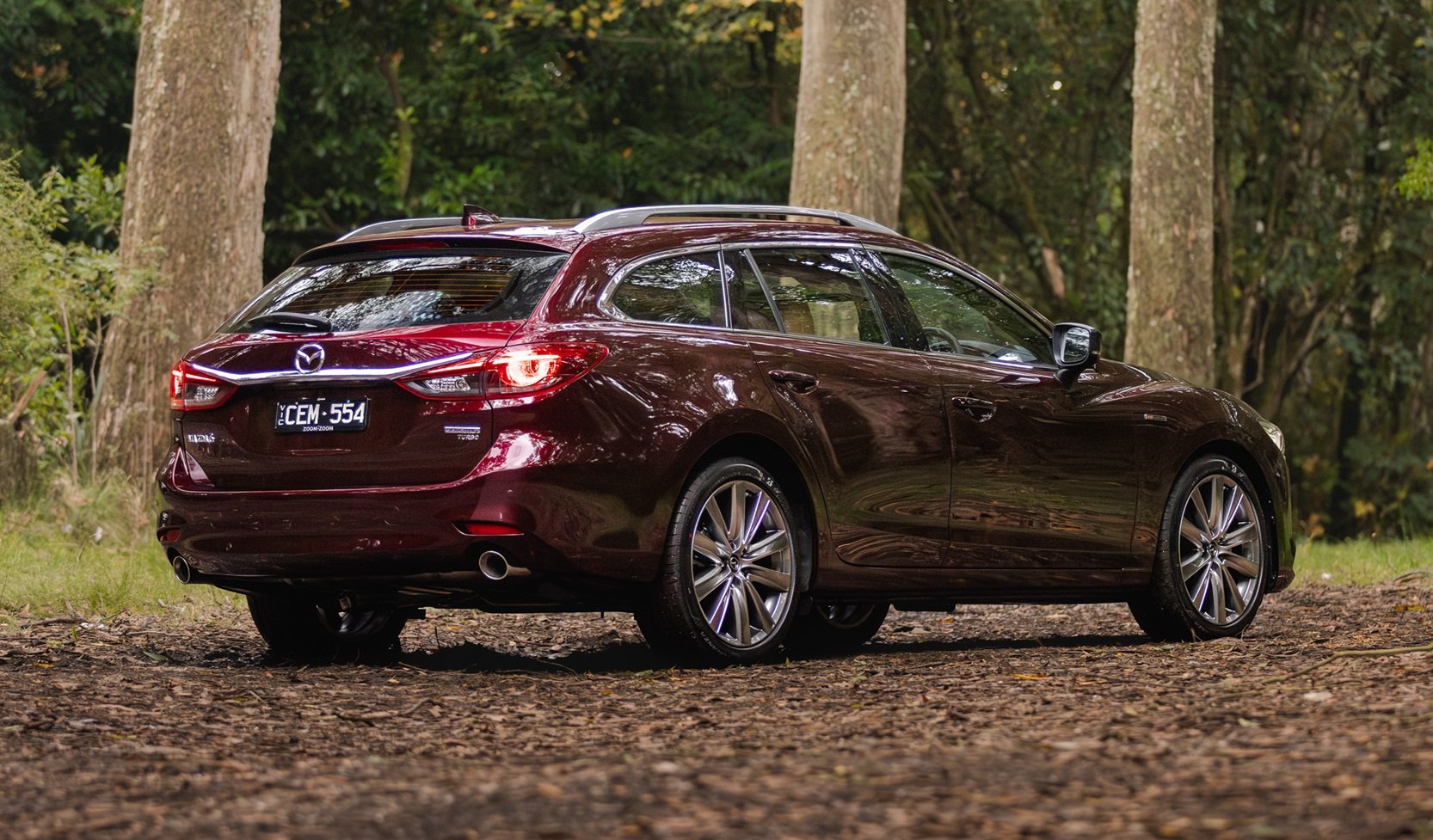
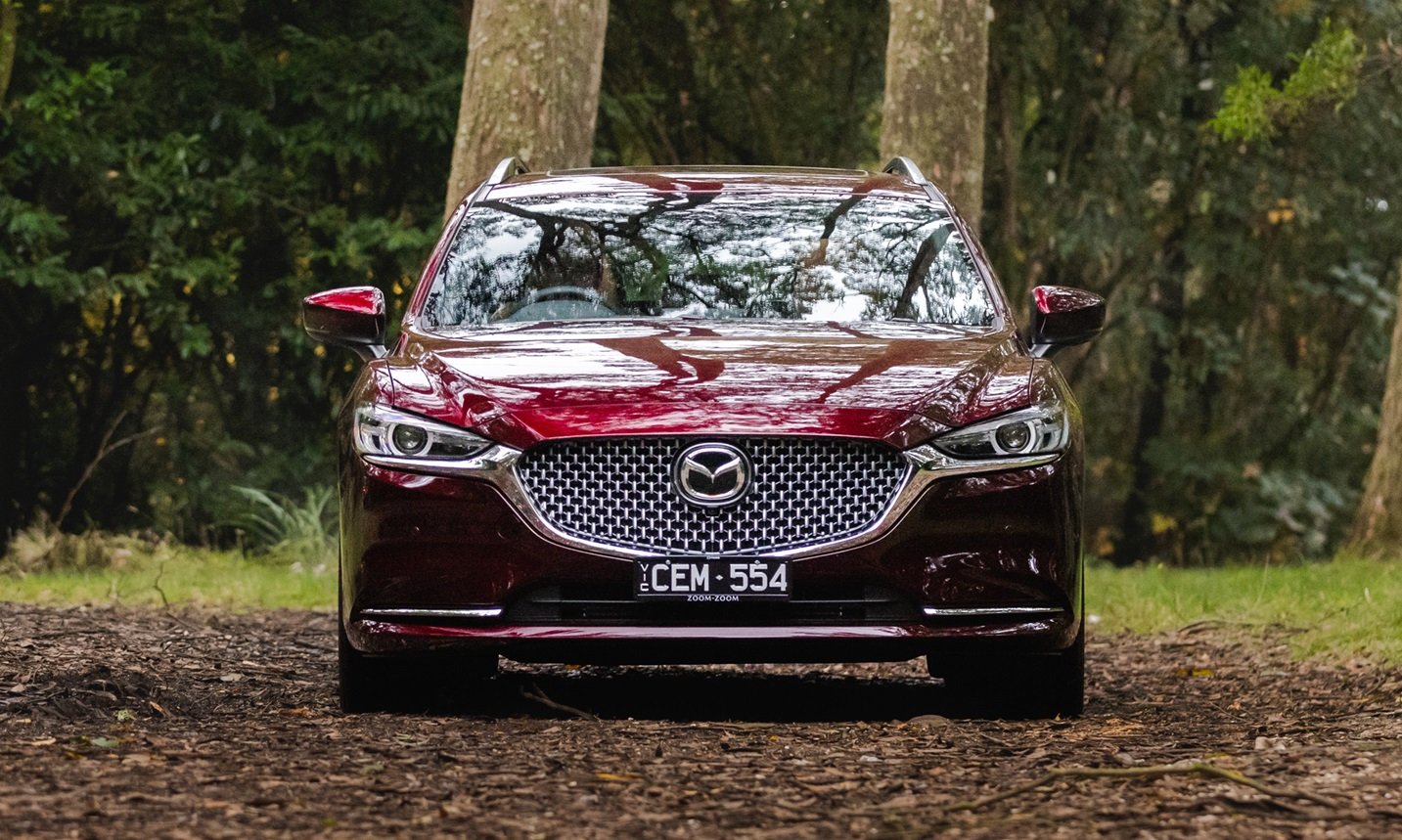
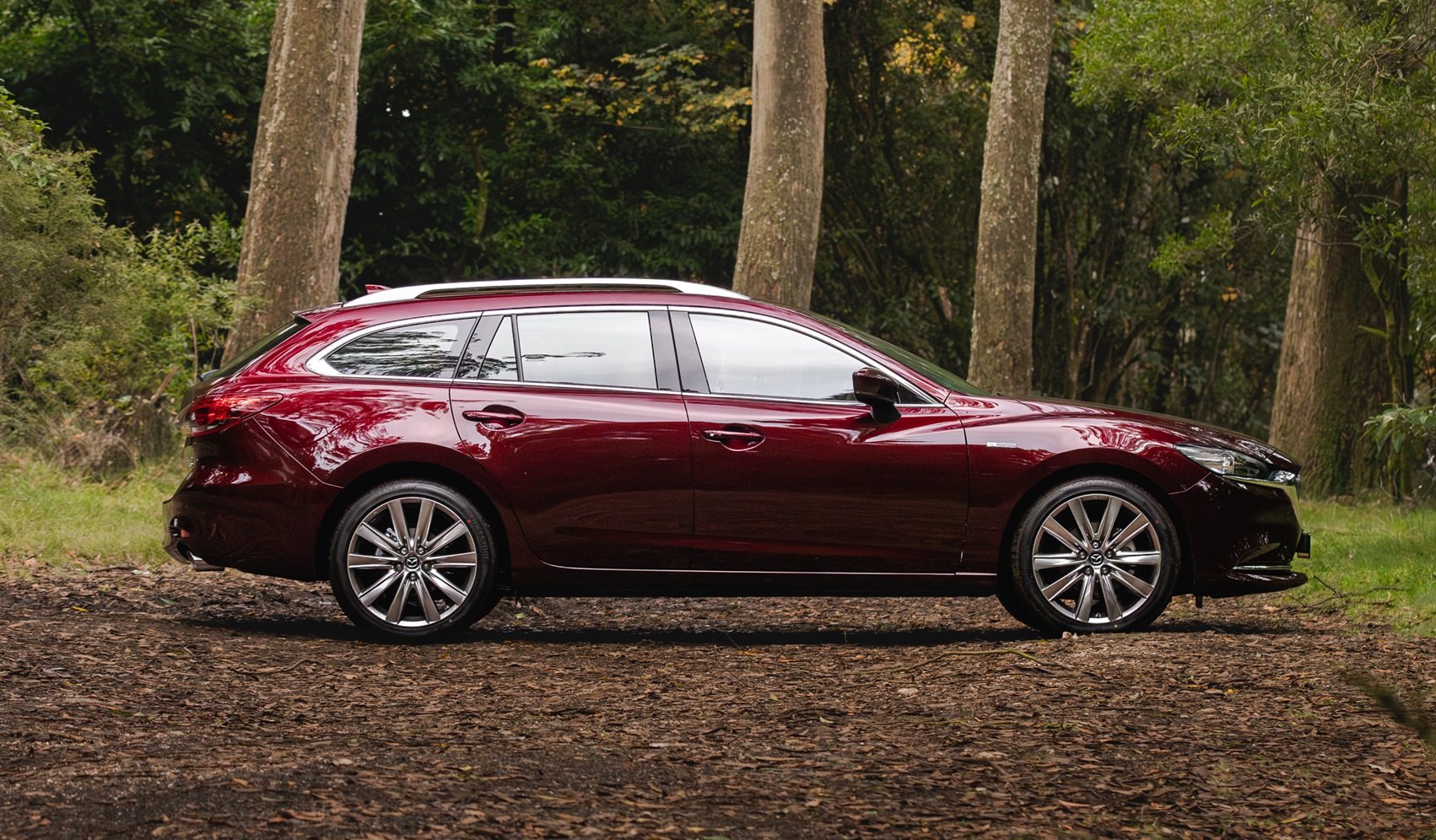
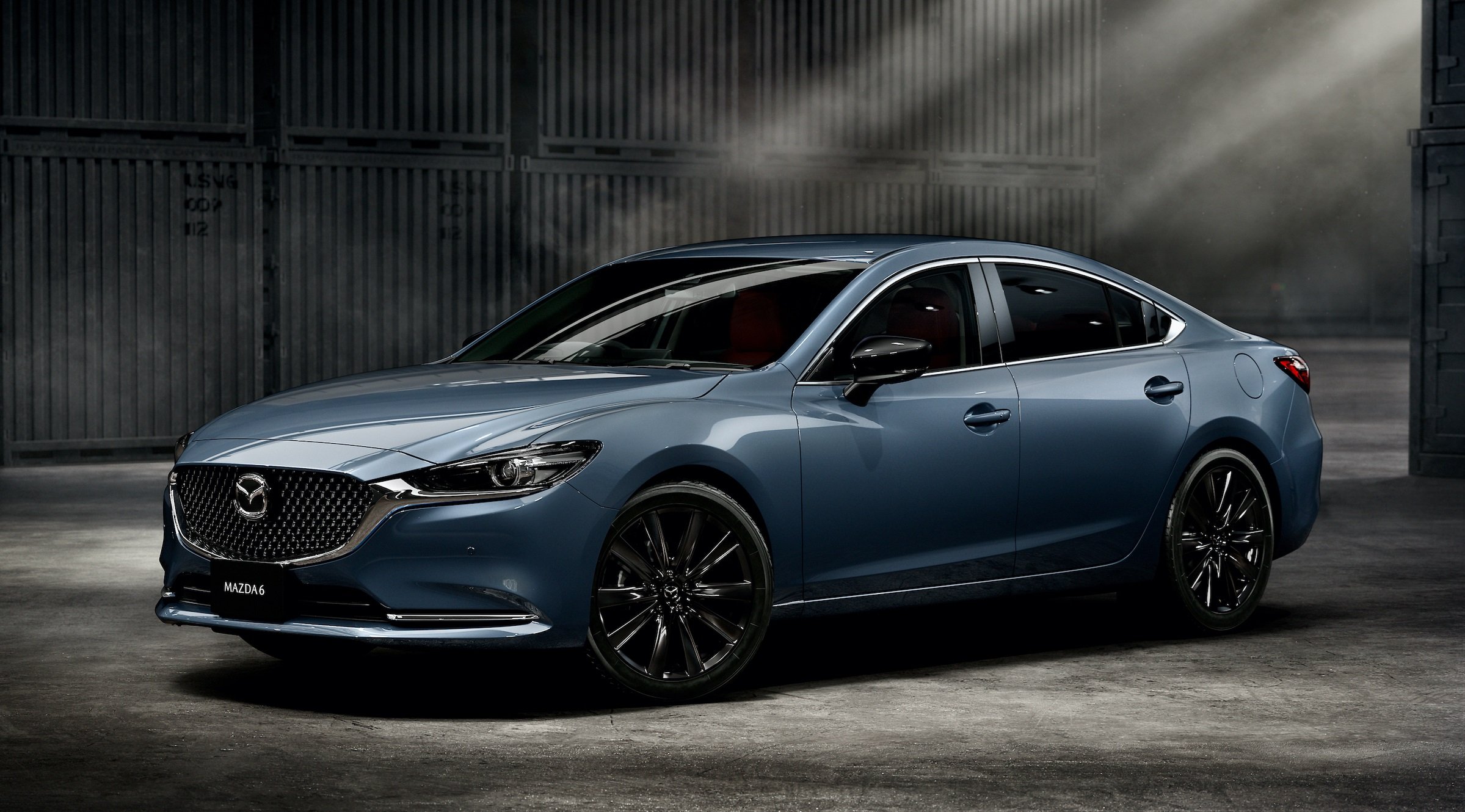
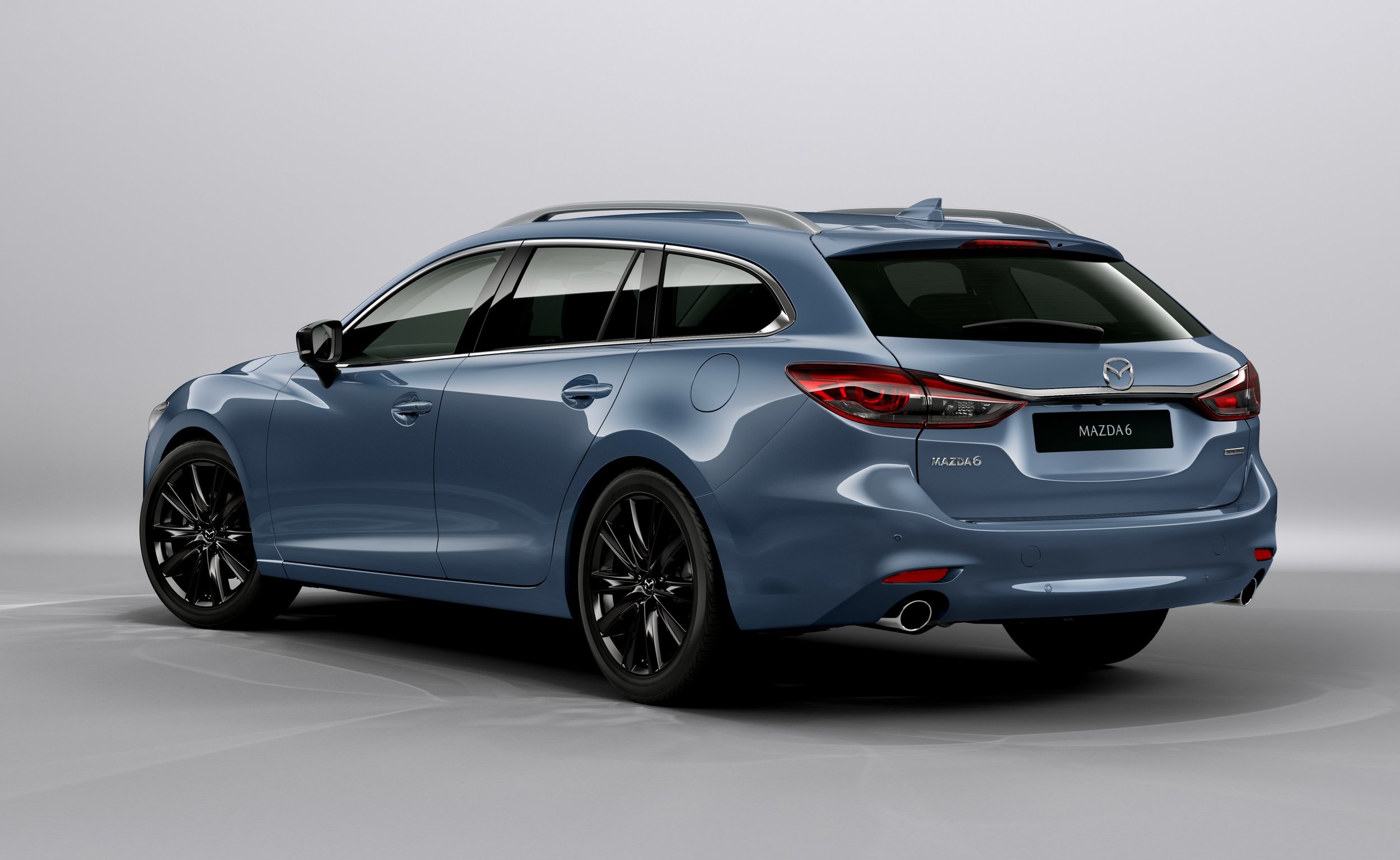
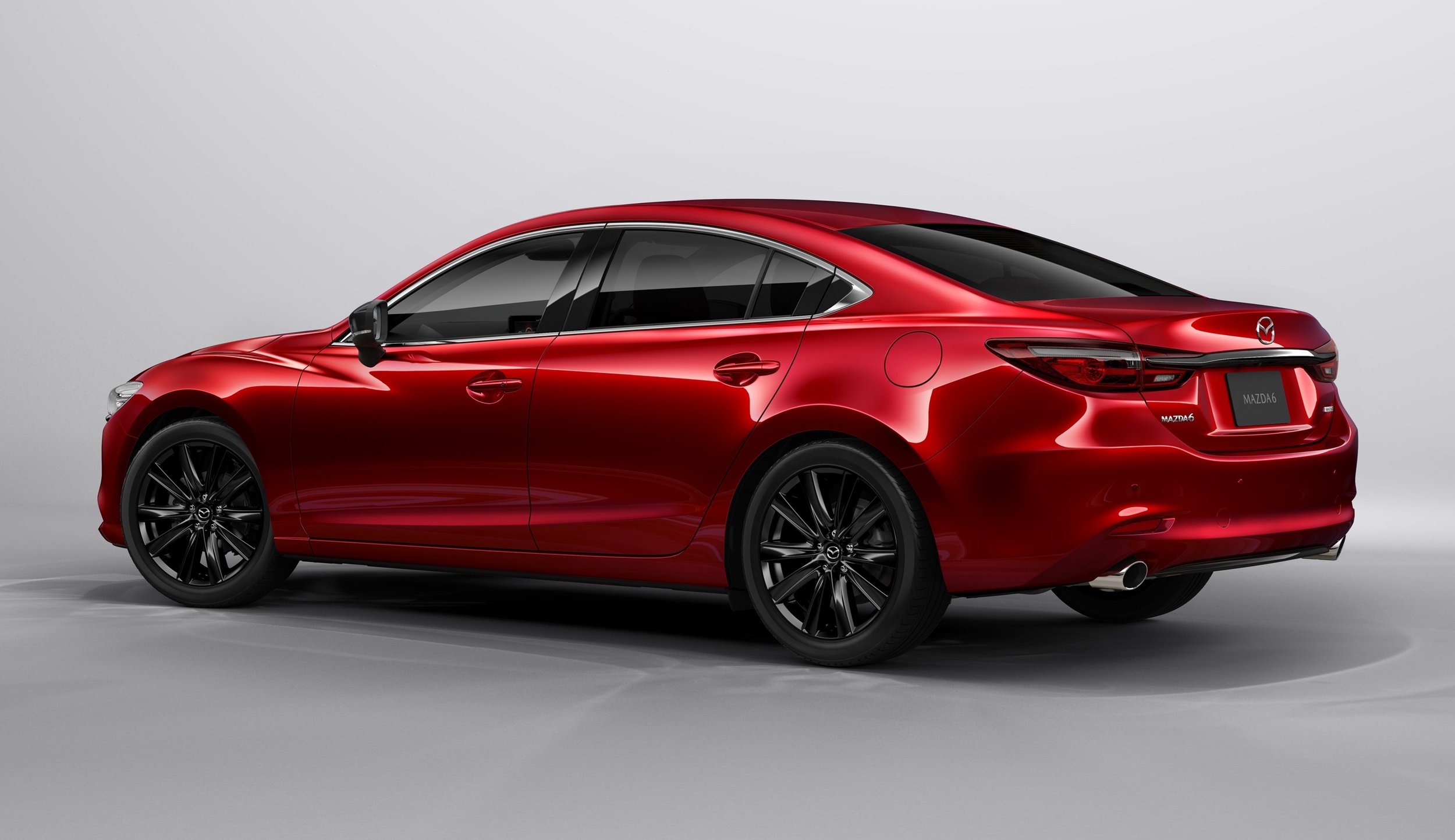
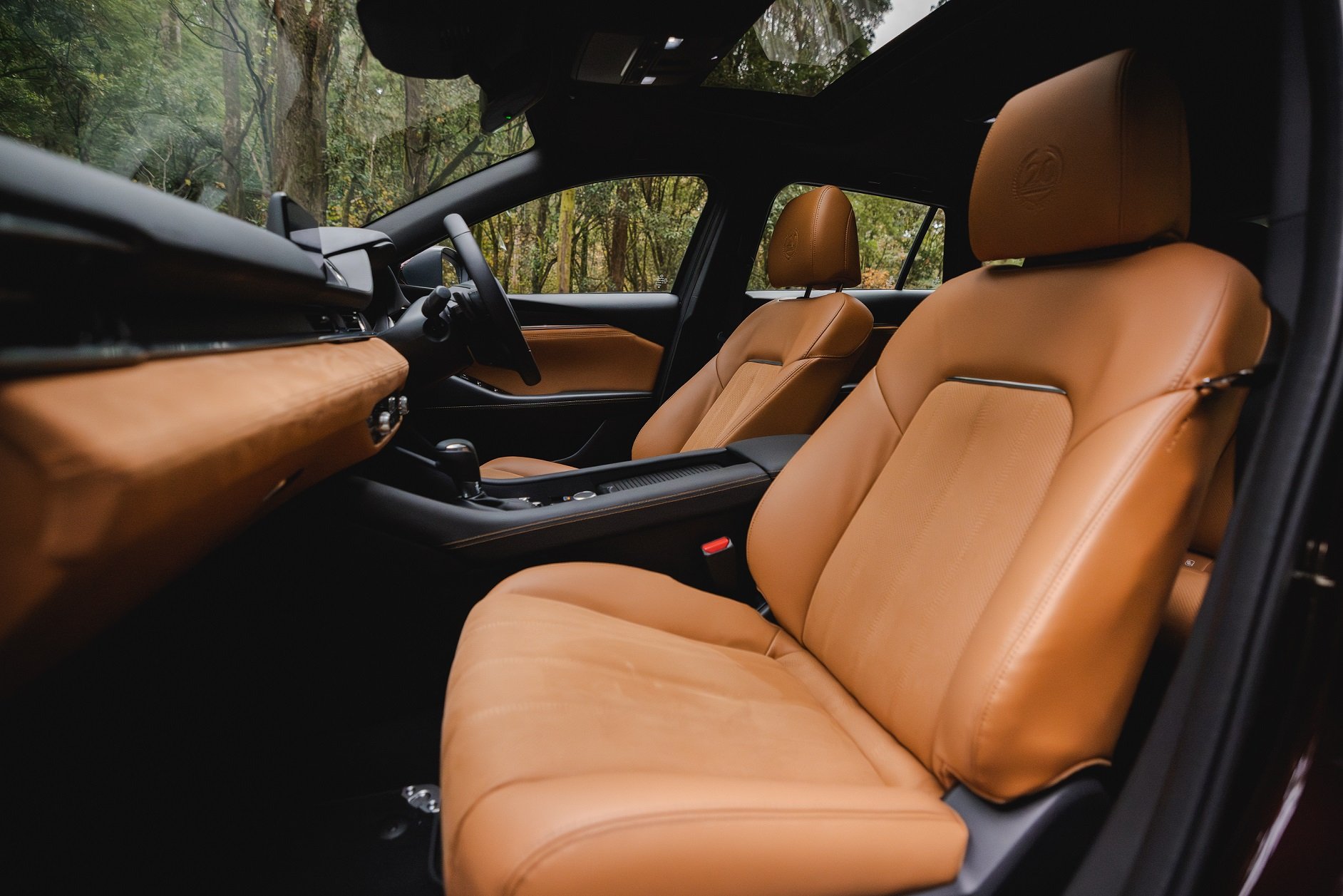
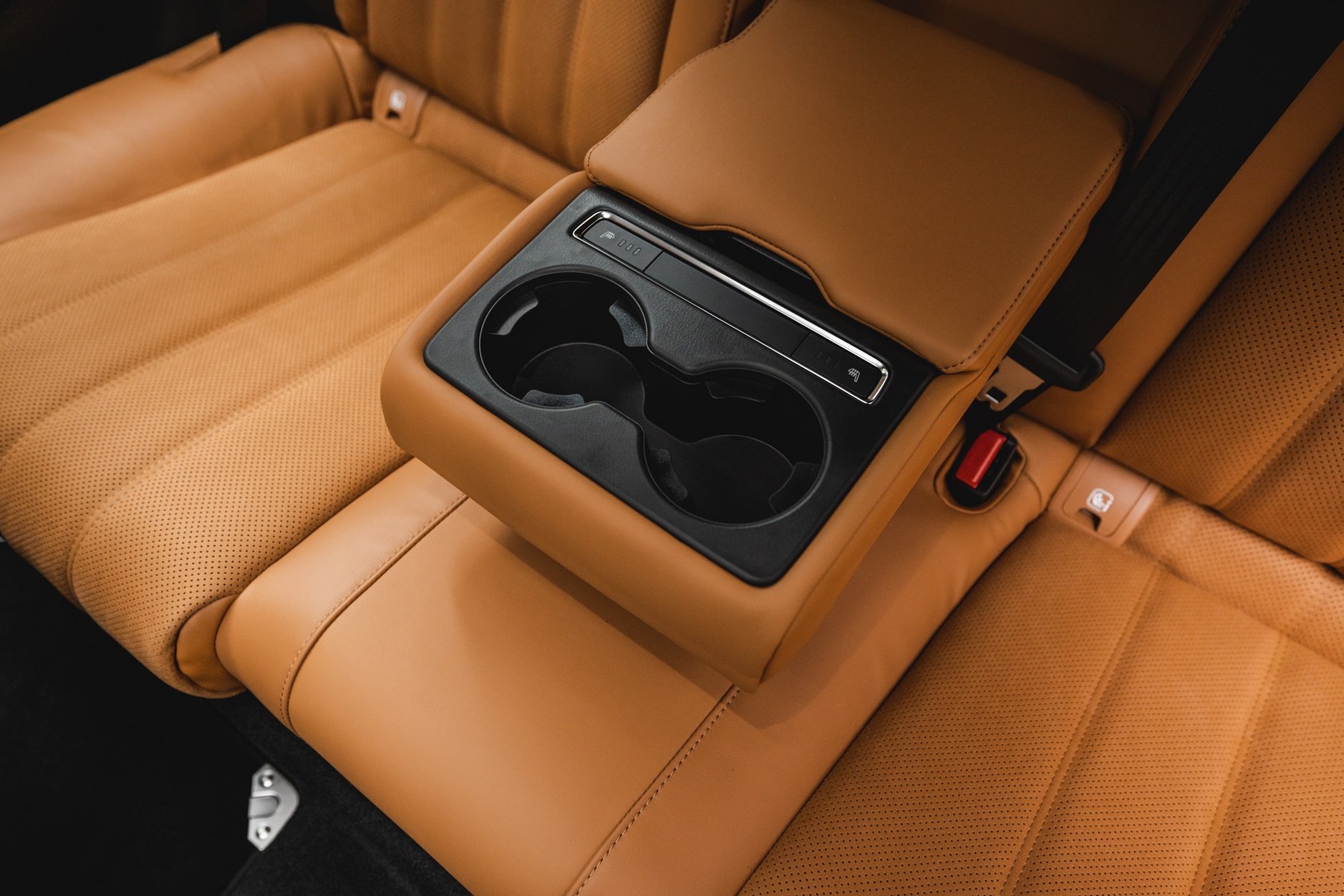
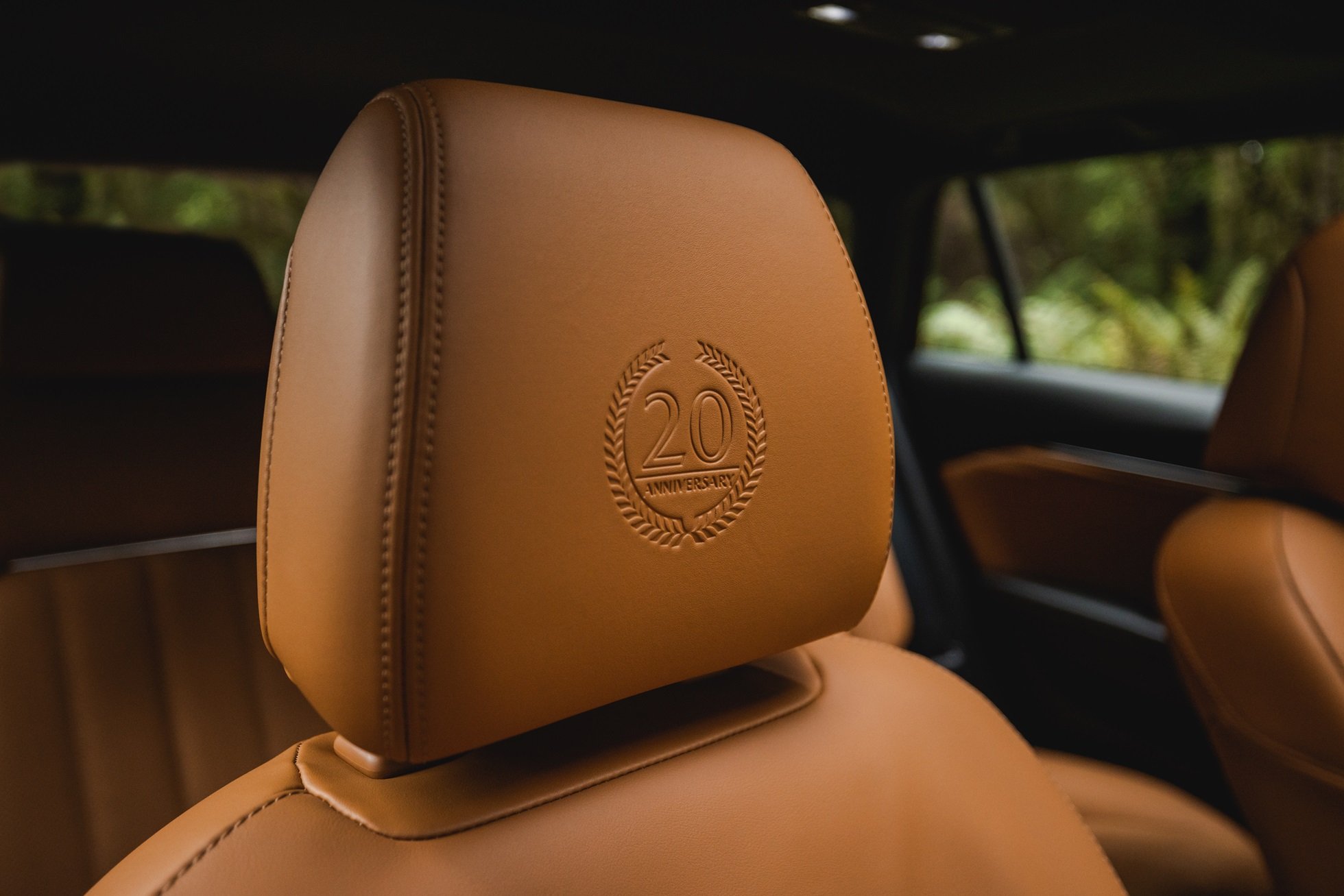
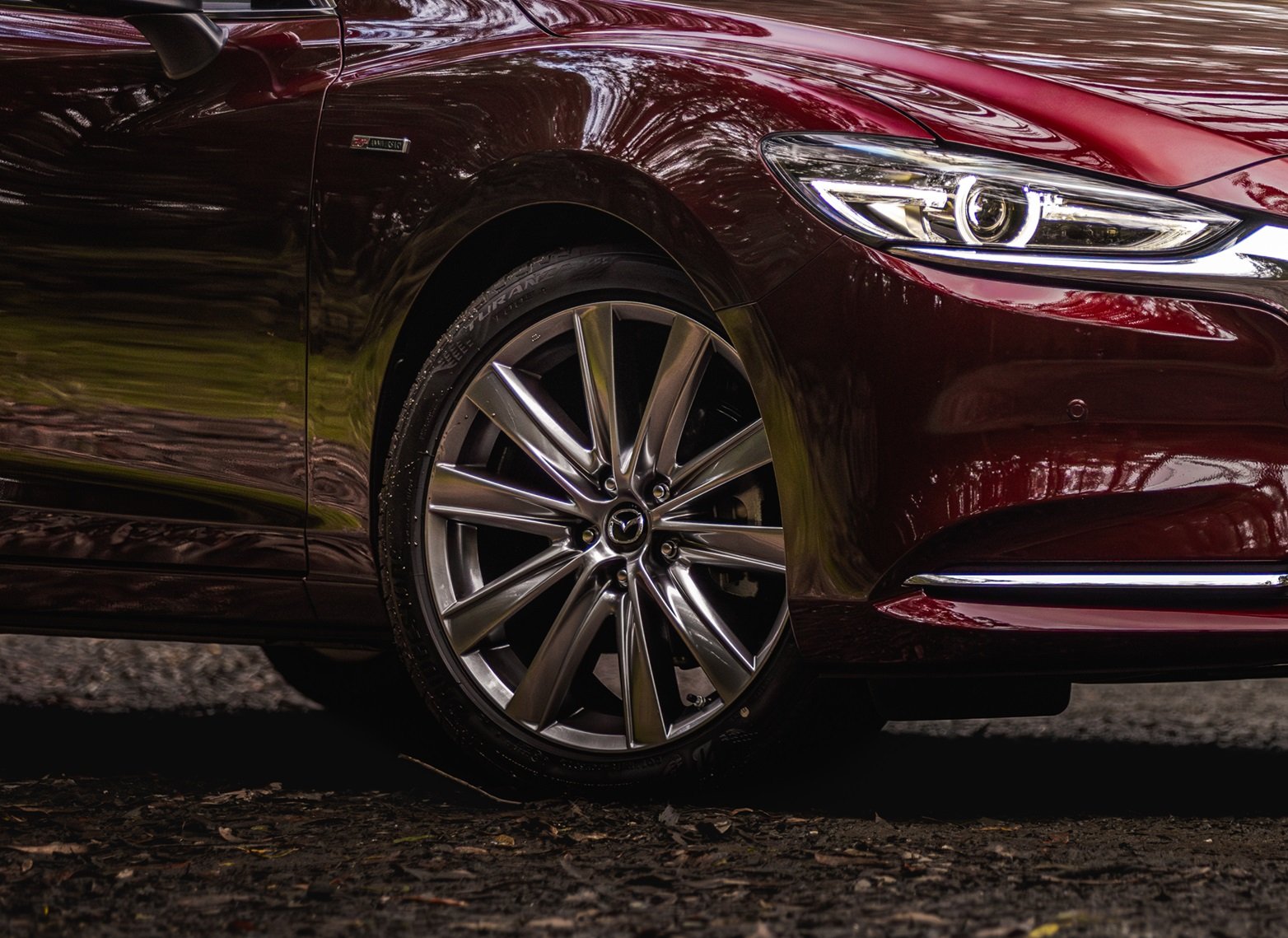

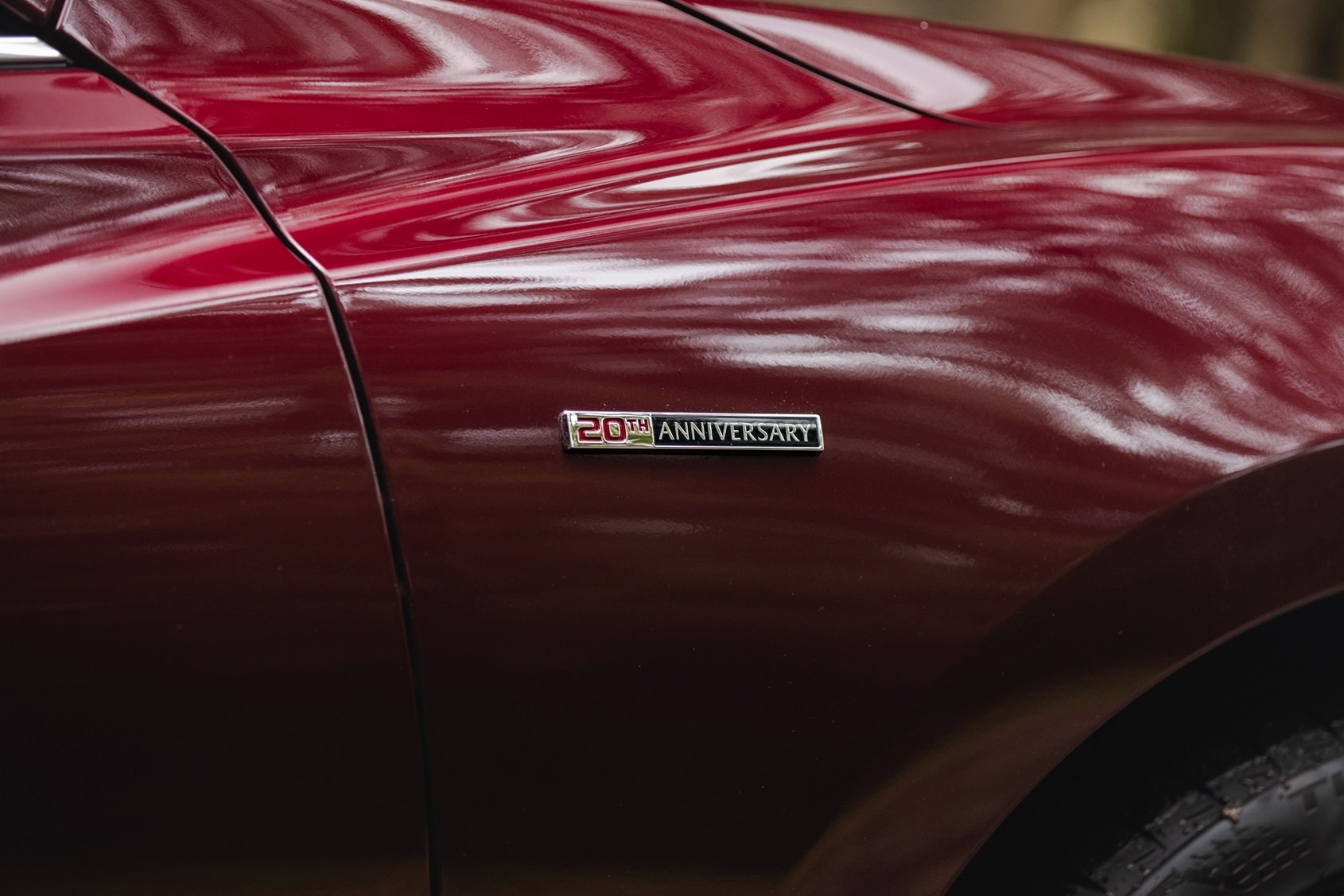
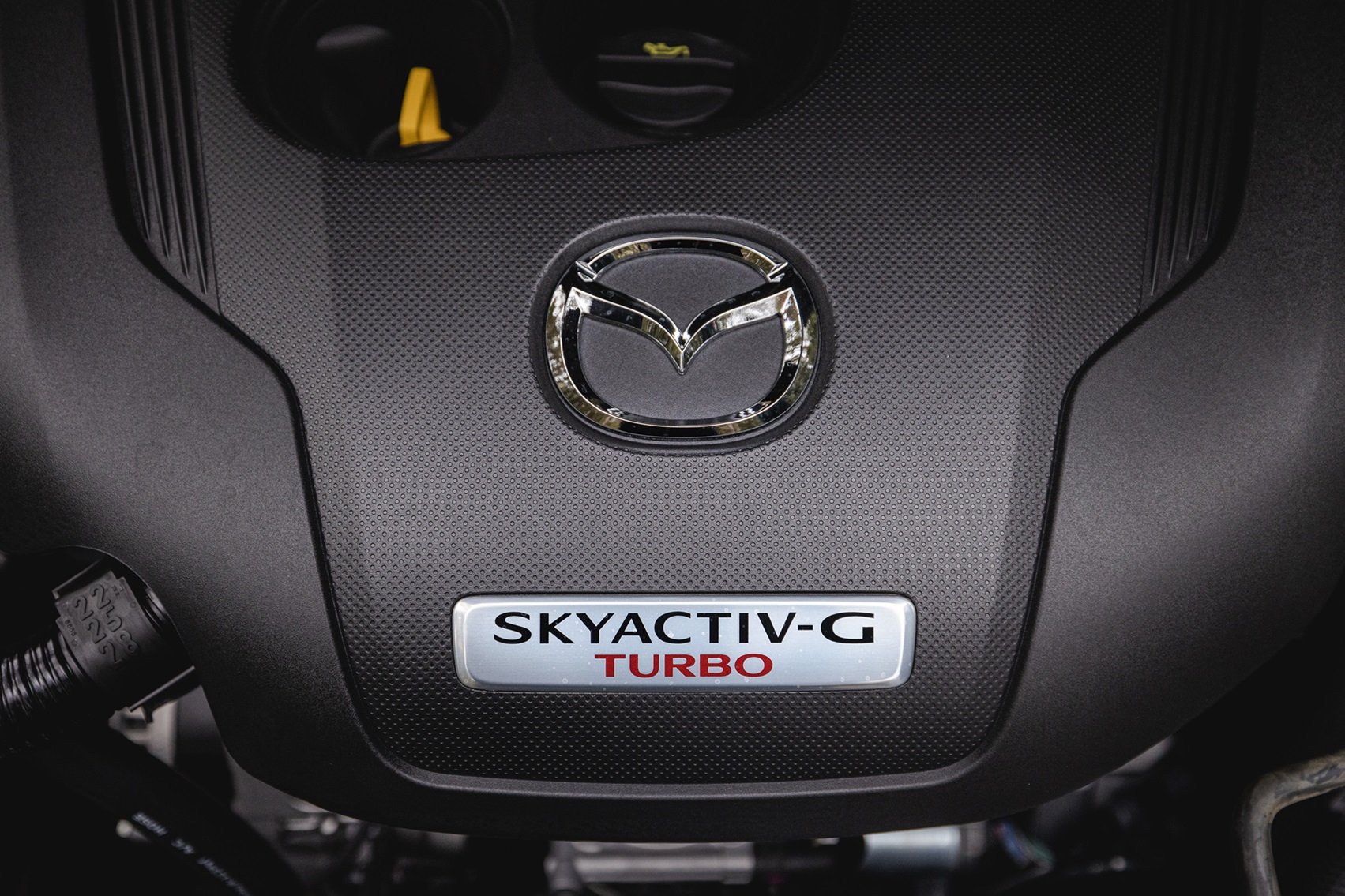
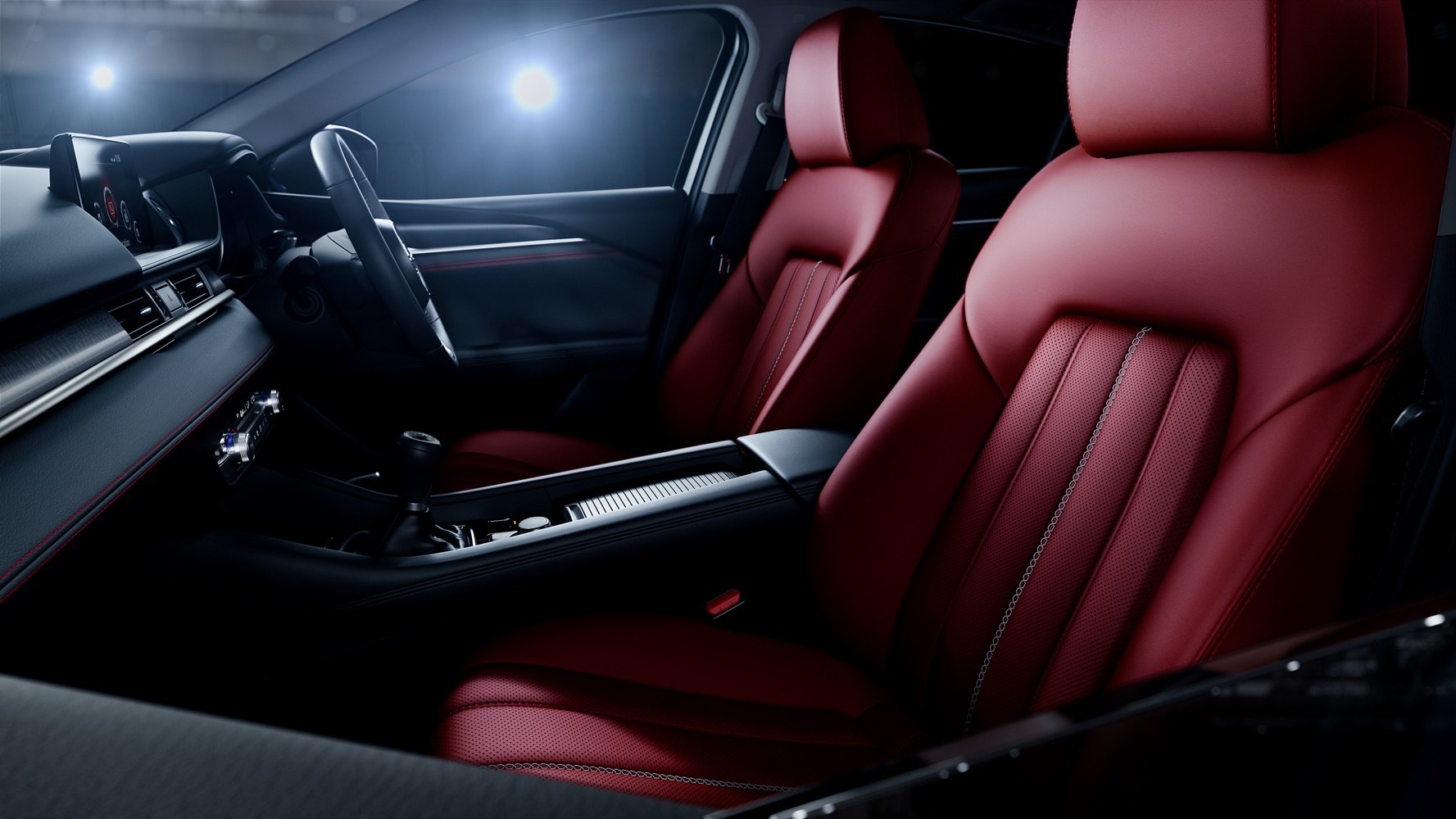
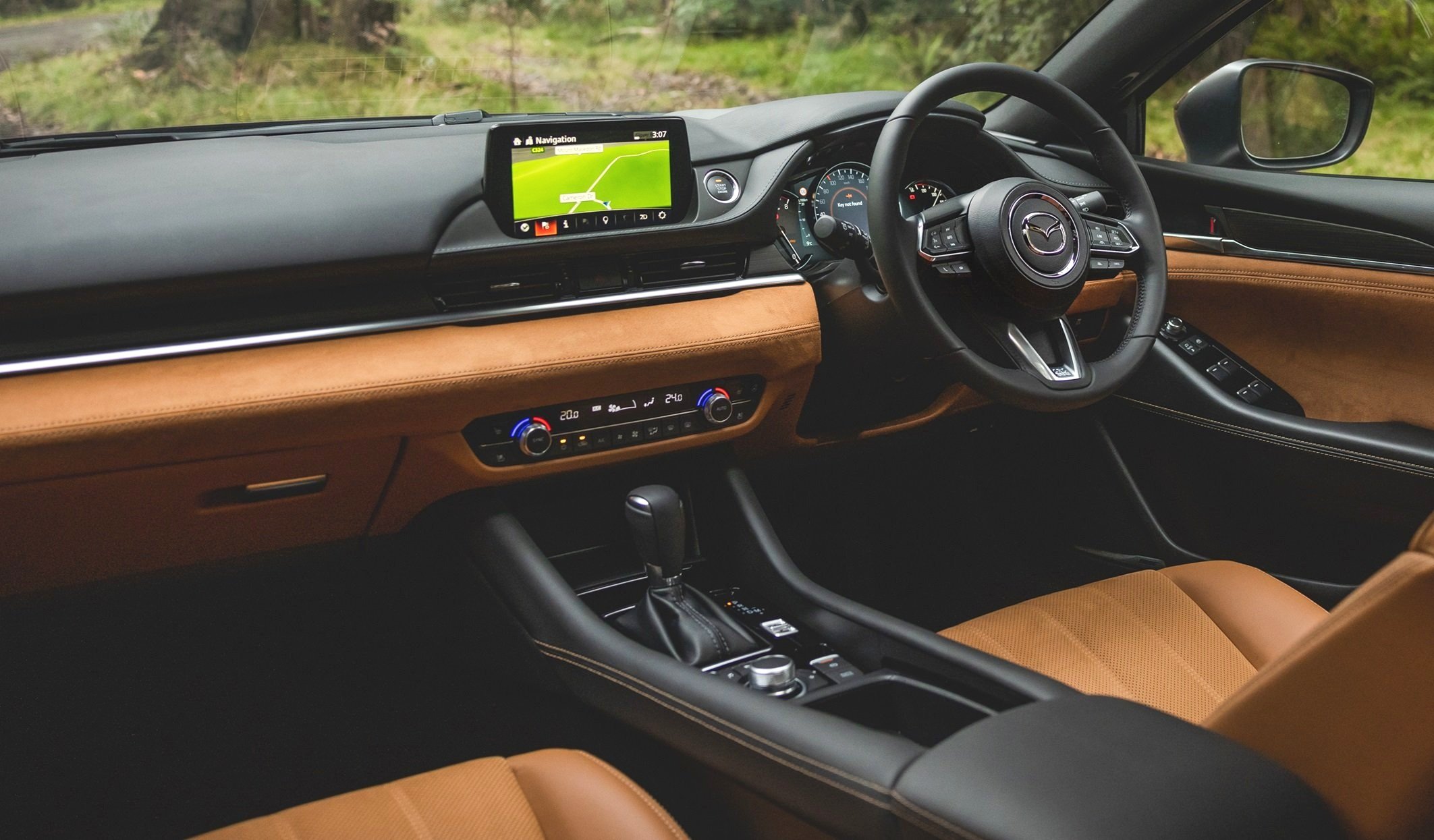


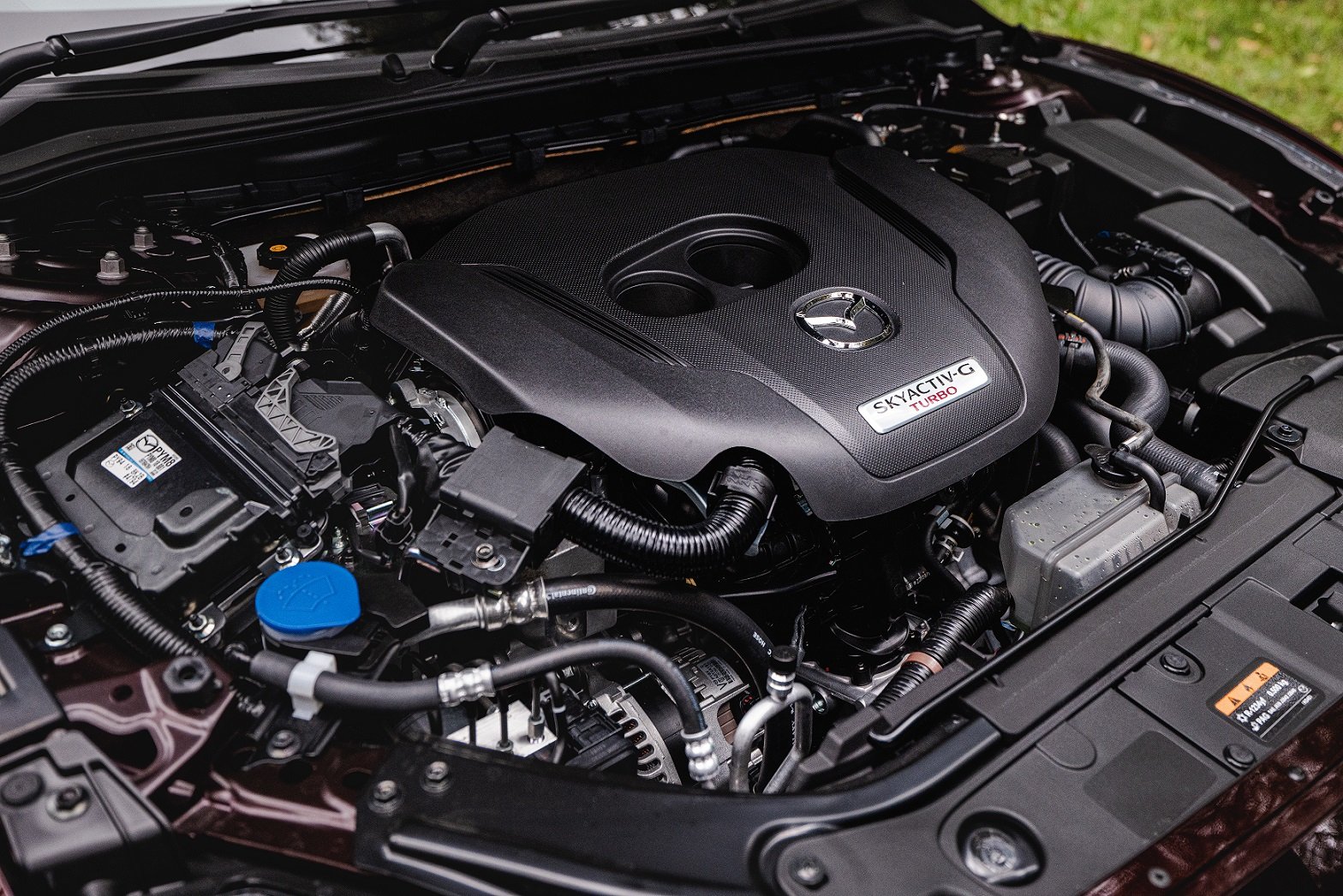



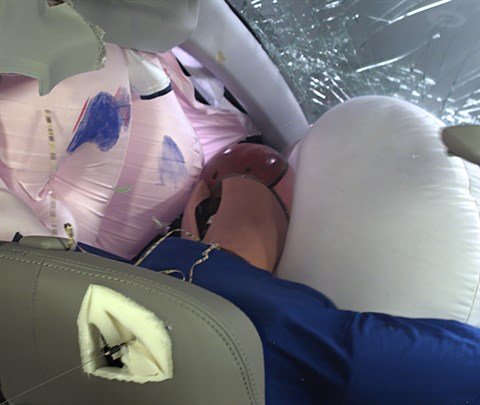
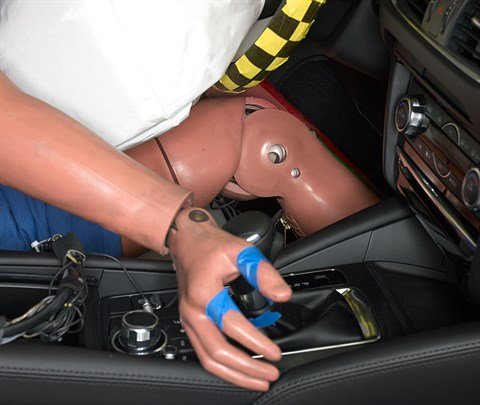



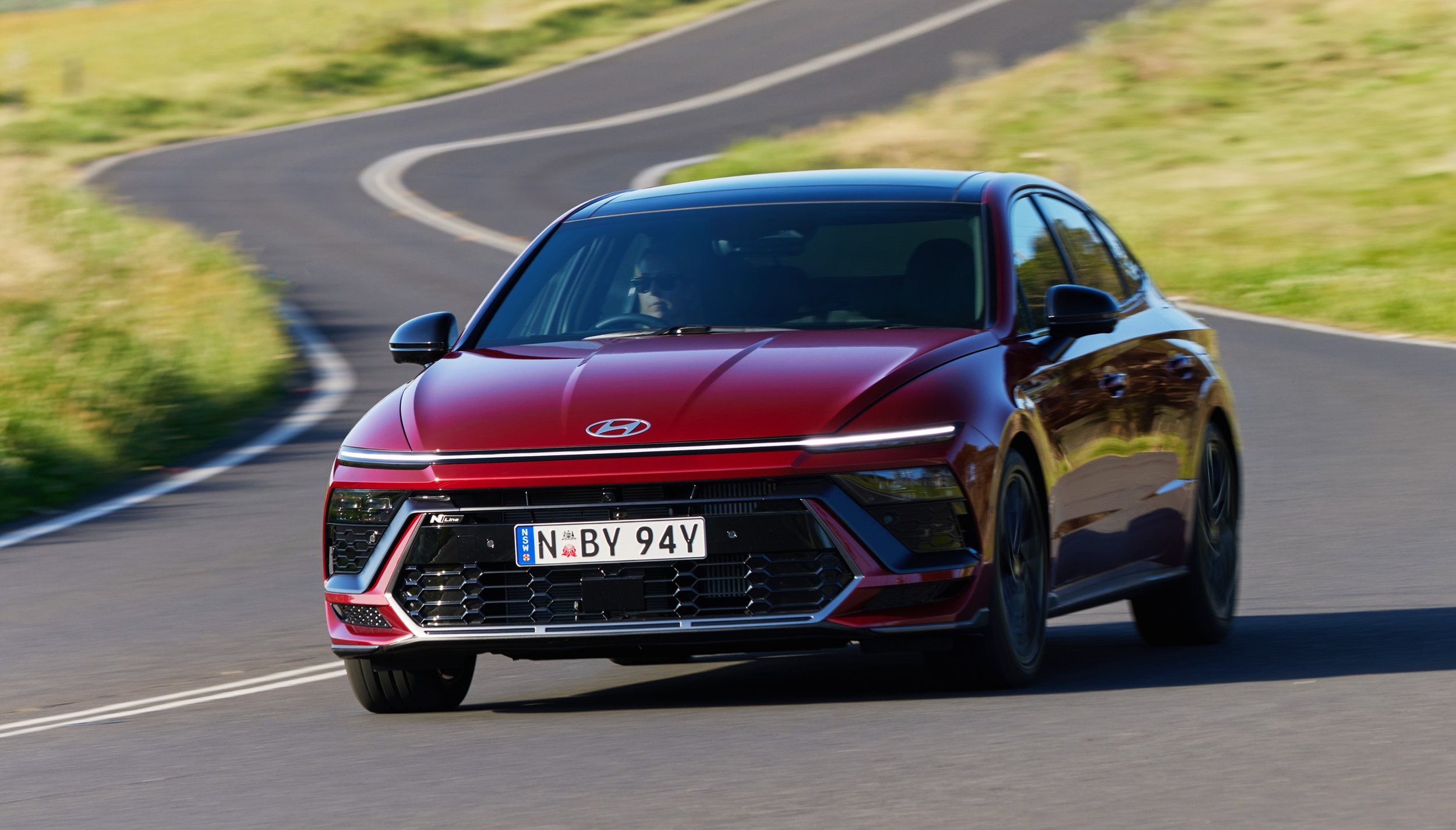



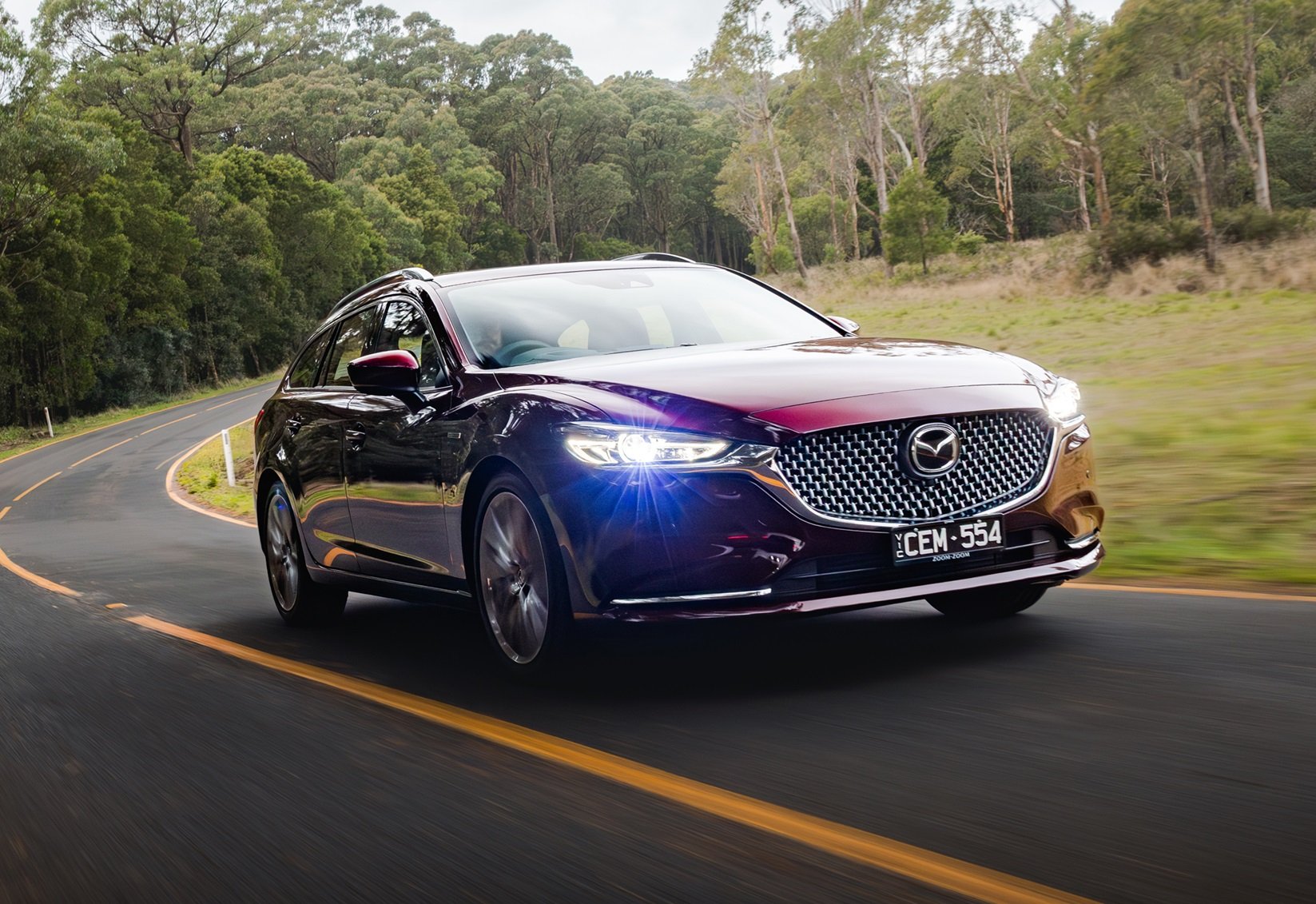
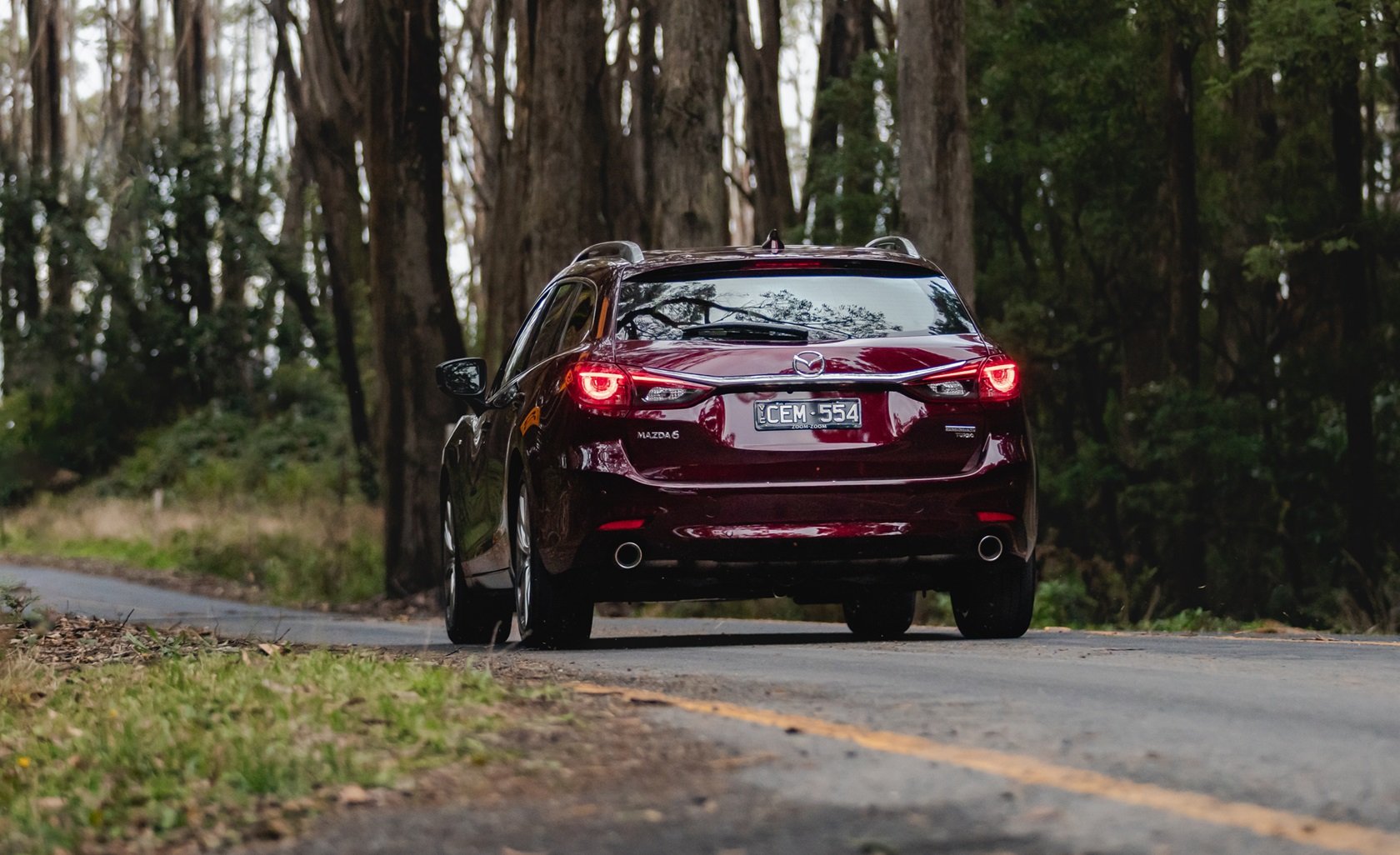









The MG ZS is a small SUV that offers such strong value to most buyers that it should be on your shortlist be default, even when shopping for a used car. But given that no car is perfect, the price could easily distract from its drawbacks.